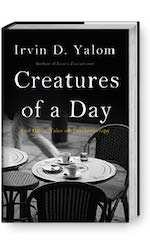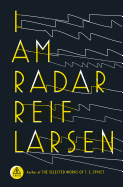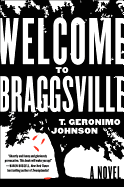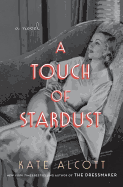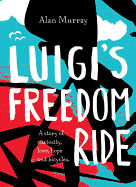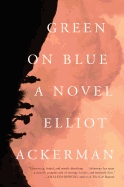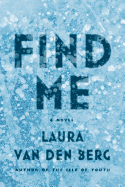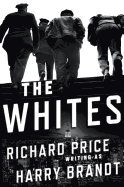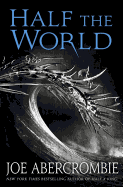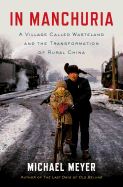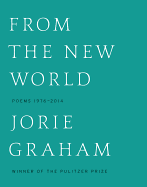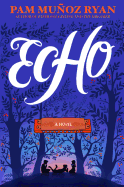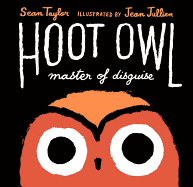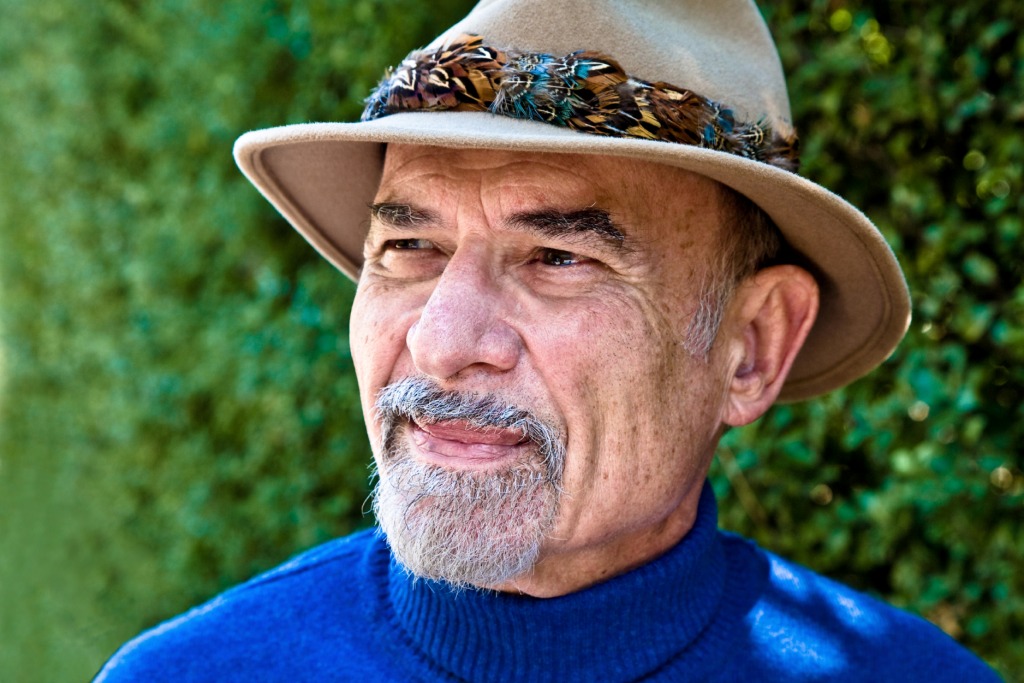 |
| photo: Reid Yalom |
Irvin D. Yalom is a psychotherapist, writer and Professor Emeritus of Psychiatry at Stanford University. Yalom has spent more than 50 years studying human behavior and the mysteries of life. He has said, "A good therapist fights darkness and seeks illumination," and his analytic quest has been borne on the pages of more than a dozen books of fiction and nonfiction. Yalom claims that his books are written primarily as teaching tools for therapists, students of psychotherapy and for those who have "a keen interest in the human psyche and personal growth."
"Creatures of a Day" is a phrase attributed to Roman emperor and philosopher Marcus Aurelius. What drew you to the quote, and why did you select it as the title of the book?
The title story is a complex story about my suggesting to two patients that they read Marcus Aurelius' confessions. It deals with several issues, among them how the two patients saw very different things in their readings. One of the patients was very fixated upon my having a particular image of him in my mind. This was so important to him that he withheld important information from our therapy. One particular quotation referred to our tendency to use the phrase that we are but "creatures of a day." That turned out to be a very important concept for this patient, and we discussed that phrase several times together in our work. I liked the ring of it and immediately thought of it for the title.
Why and how did you select the stories featured in Creatures of a Day?
My method was to read and reread case notes from a lot of my patients' therapy sessions until some particular incident seemed to thump with energy, and I built the story around that incident. It's quite a different approach from my first book of stories, Love's Executioner, in which I took the case notes of the entire course of therapy and turned them into a story.
Was the writing process difficult?
This book took a long time to write. The major problem was finding each story: once I located and identified that, the writing came fairly quickly. But the intervals between writing the stories were longer and longer, and I assume that has something to do with my aging. I kept reading my notes over and over again, and then as I took bicycle rides, things started to take shape in my mind.
Do you have a favorite story from this book?
I have a special relationship with each story, and of course when I read them, I have a visual image of the patient involved in that story. Some stories I know much better than others, especially because I've been able to read them aloud to audiences. The shorter pieces that lend themselves well to public readings, such as "Three Cries," are the ones that are most familiar to me.
How do you go about counseling patients?
I still continue to practice, but I am seeing only about two or three patients a day. I am very careful about my selection of patients. Since I see patients for only one year, I try to choose patients that I think I can really offer something to during that time.
How do you decide between writing stories as fiction or nonfiction?
I feel on much more comfortable ground when I write about patients that I've worked with. It's true that I've written four novels that are fictional (though there is nonfiction in them since I've written about the lives of philosophers), but I feel much more at home writing stories that are nonfiction. In my collection called Momma and the Meaning of Life, I have about three totally fictional stories. One of them involves a talking cat. Out of all the things I've written, "The Hungarian Cat Curse" was the most fun. Someone has written recently stating his intention to adapt that story into a musical.
Do you have a favorite book you've written?
My novels were a great kick to write. Many of them were written while on sabbatical in various places like Bali, the Seychelles, Paris and London. Above all, I loved writing When Nietzsche Wept, Lying on the Couch and The Schopenhauer Cure. I really lived those books and was completely immersed in the writing.
Why is death such a prevalent theme in all your work?
I'm an existentialist. I believe that the terror of death haunts all of us and plays a role in the discomfort of the great majority of patients. I've written about this extensively in a book called Staring at the Sun. There's also a great deal of it in a textbook called Existential Psychotherapy.
What are your own feelings about death? Do you believe in any sort of a hereafter?
I agree with Epicurus that we were in a "state" of non-being for eons of time before we were born and that we will pass to that same state after we die. No, I don't believe in any sort of hereafter. I agree with Stephen Hawking, who said that the hereafter is a fairytale for those who are afraid of the dark.
If you could meet the psychologist or writer of your choice, who would it be and why?
The psychologist I would like to meet would be Freud--he is the great genius of our field. As for writers, I think I would like to meet Dickens or Dostoyevsky.
If you weren't a psychologist or a writer, what would you have done with your life?
I enjoyed my medical training and would've been happy as an old-fashioned doctor.
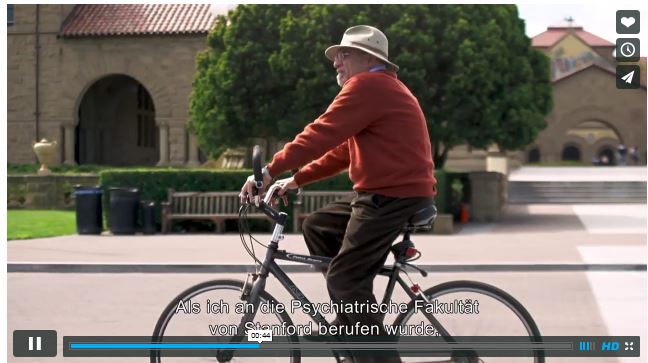 Tell us about Yalom's Cure: A Guide to Happiness, the documentary about your life.
Tell us about Yalom's Cure: A Guide to Happiness, the documentary about your life.
A few years ago, Swiss filmmaker Sabine Gisiger approached me; I was honored that she would have this kind of interest in my work. At the same time, I was threatened by the amount of exposure. Even now, after the film has been released, I still have these two major emotions. She and her film crew spent a great deal of time on this project over the years, visiting us in California and then accompanying me when I was on family vacations in Hawaii and France. I had no editorial control over the film and recently flew to see the premiere in Switzerland. I was very pleased by the finished product. She's an extraordinarily good filmmaker, and she has made a beautiful film. It's a good and true view of me. I wish, perhaps, it would've focused more on my writing work.
What's left for you to accomplish?
I'm working on a memoir--that, I think, is an age-appropriate task. I had a colorful, deprived and somewhat traumatic first 14 years; the memories of that time seem to be returning to me more and more vividly. --Kathleen Gerard
Irvin D. Yalom: Unafraid of the Dark
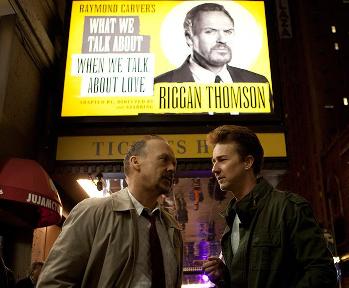 Birdman or (The Unexpected Virtue of Ignorance), which centers on a Broadway stage adaptation of Raymond Carver's story "What We Talk About When We Talk About Love": best picture, director (Alejandro G. Iñárritu), original screenplay (Iñárritu, Nicolás Giacobone, Alexander Dinelaris, Jr. & Armando Bo), cinematography (Emmanuel Lubezki)
Birdman or (The Unexpected Virtue of Ignorance), which centers on a Broadway stage adaptation of Raymond Carver's story "What We Talk About When We Talk About Love": best picture, director (Alejandro G. Iñárritu), original screenplay (Iñárritu, Nicolás Giacobone, Alexander Dinelaris, Jr. & Armando Bo), cinematography (Emmanuel Lubezki)


